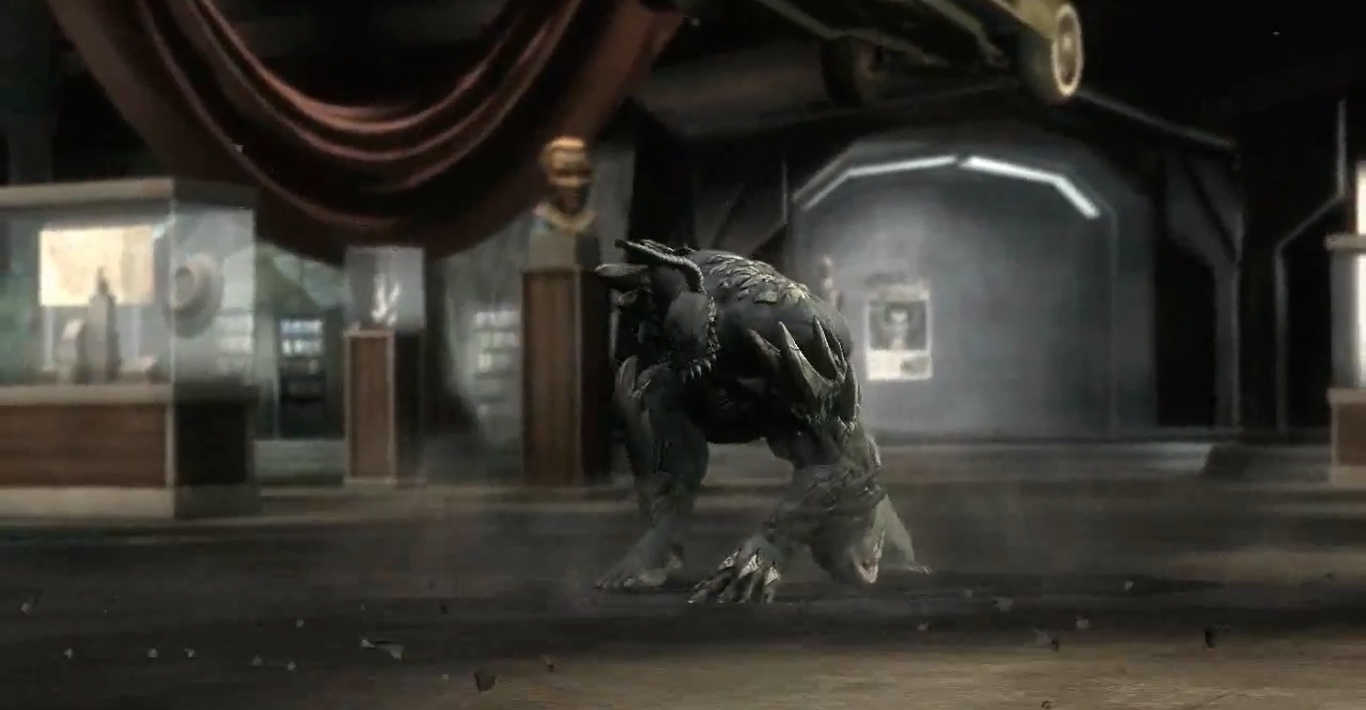

The peace of the island is unbroken both outside and inside of the concrete exterior. As the rest of the world experiences turbulence in political, climate and weather stability, it is expected to remain one of the driest, coldest and safest places on earth. Nearly 2,000 km north of the Norwegian mainland, 1,700 m above sea level, and 130 m into the thick permafrost of the mountainside, Svalbard’s remote glacial tundra remains quiet, stable and somewhat unreachable.
US DOOMSDAY VAULT FREE
Home to many of the world’s natural wonders like the Northern lights, the high north’s summer “midnight sun,” and the mountainous glacial landscape – though close to the North pole – Svalbard is free from polarization. Genetic material is being lost all over the globe,” says the Crop Trust ’s past executive director Marie Haga. “There are big and small doomsdays going on around the world every day. #Svalbard2021 /pfO8Ui2aKrĪll accessions are vitally important for the preservation of global agriculture, scientific research, plant breeding, and education, providing a last hope for plant species of great value for the future of humanity and ensuring the “world’s future food supply.”

This year seed collections deposited in include herbs and spices that make our food tasty such as mustard, fennel and sage.Ģ2 new species are being added to the Vault for the first time, expanding the safeguarded diversity worldwide. From African and Asian essentials such as maize, rice, wheat, to European and South American vegetables and grains such as eggplant, lettuce, barley and potato. Within the vault there are infinite varieties of crop strains from all continents. The frozen assets range from seeds essential to current agricultural practices, to wild varieties of domesticated strains, as well as historical samples no longer in use or existence outside the deep freeze. Once received at Oslo airport, the vault arranges shipping to Svalbard, preserving copies in a “safe, free and long-term” storage system.

We back-up our entire lives with insurance, in hard-drives and on “the cloud” – so why not do the same for the environment? What types of seeds are inside the vault?Įstablished by a coalition between the Norwegian Ministry of Agriculture and Food and the Crop Trust, under the sponsorship of the UN Food and Agriculture Organization (FAO) that was tasked with setting it up and is now monitoring it, the vault invites the world to ship and store samples from all corners of the globe. Once inside, the seeds are stored under “black box conditions,” and are expected to remain viable for thousands of years. Since its inception, except in the case of urgent deposits, the vault’s doors are opened just three times a year – the rest of the time the vault is locked down. With a total capacity of 4.5 million samples, the so-called “Doomsday Vault” serves a “humanitarian purpose” in providing a last-resort “Noah’s ark” for the planet’s seeds. In gene and seed banks across the world, copies of the planet’s important plant species are backed-up – a ninth-life for the environment and agriculture – and a frontline defense against the many localized threats the world faces.īut, in the event that the original copies are destroyed by catastrophe – natural disaster, conflict, disease, human error, or any other global crisis, the Svalbard vault provides a seed safe-haven, preserving a second layer of security duplicates of “unique and valuable plant material.”


 0 kommentar(er)
0 kommentar(er)
